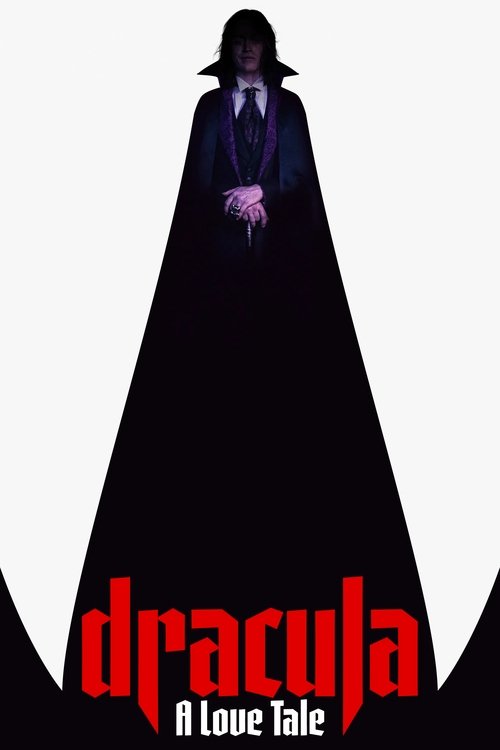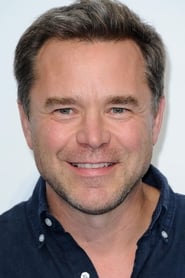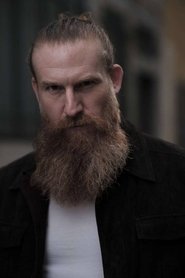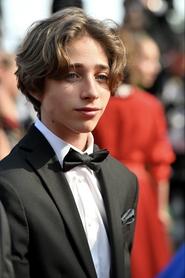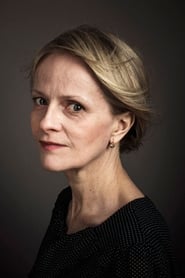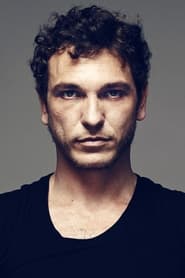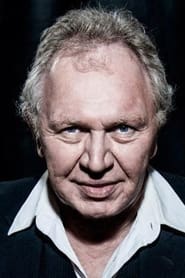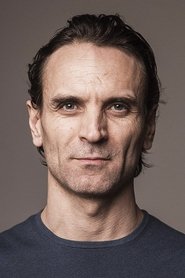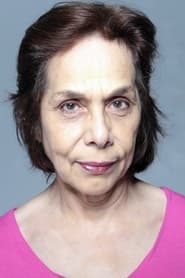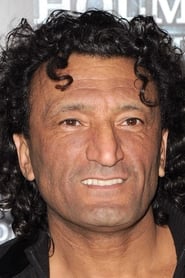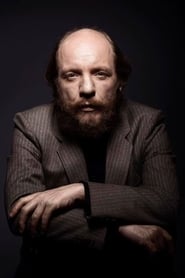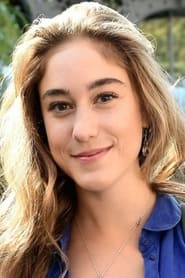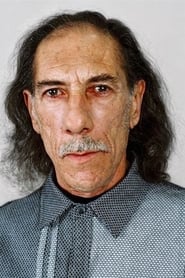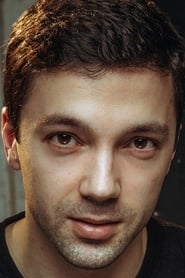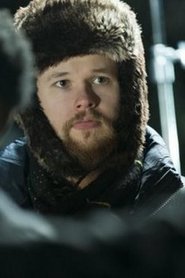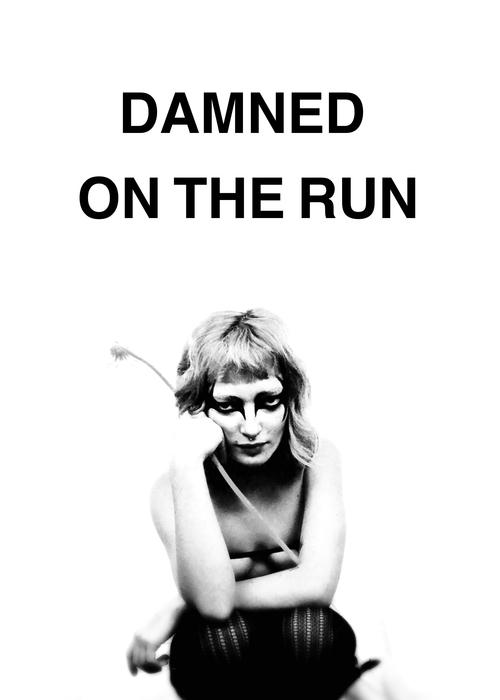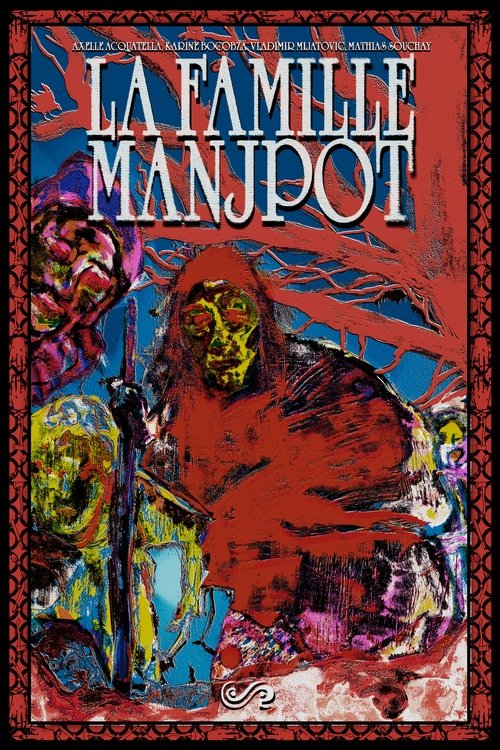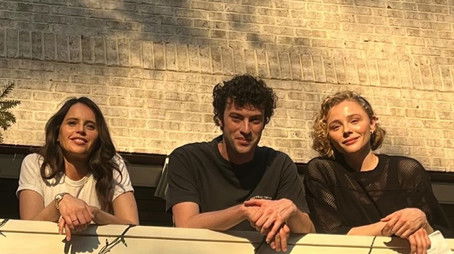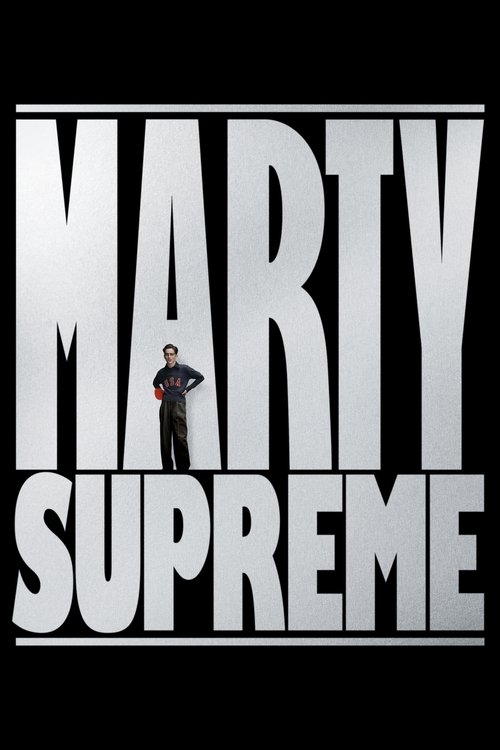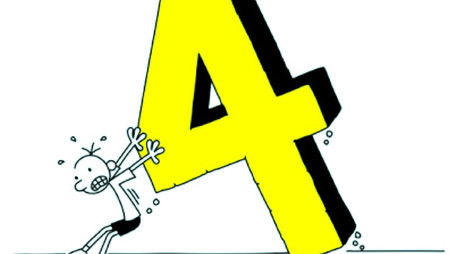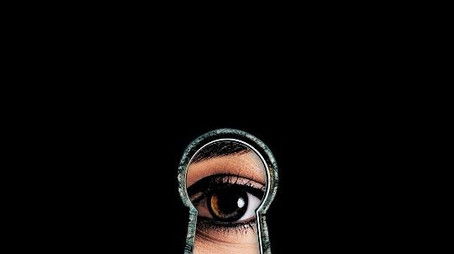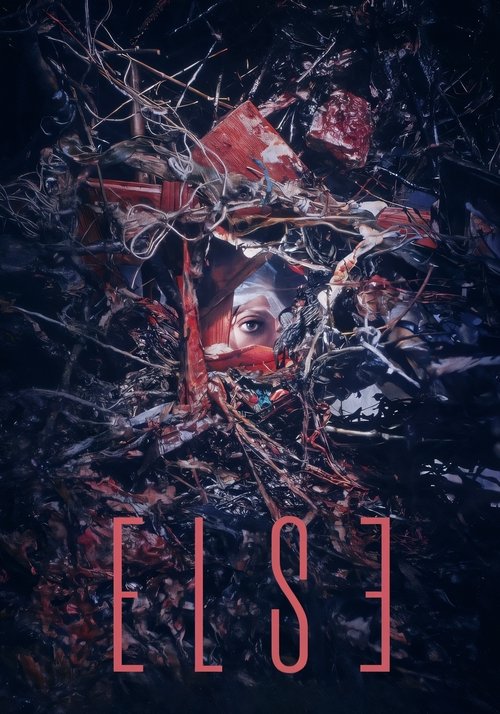
Ask Your Own Question
What is the plot?
Dr. Seward organizes an elaborate evening gathering at his house on the advice of Professor Van Helsing, arranging a formal ball with the express purpose of unmasking the creature who murdered Lucy and assaulted Mina. Guests crowd the drawing room under gaslight; servants circulate with trays; conversations murmur about the recent deaths and the fear that grips the neighborhood. Van Helsing moves to the front of the room, his cane tapping, and asks for silence. He has prepared a large, ornate mirror and positions it beneath the chandelier where everyone can see. He promises proof: a vampire, he says, casts no reflection.
As he pulls the velvet away, the polished glass catches the room. Faces peer in; someone gasps. Jonathan Harker stands near Mina, steadying her with a hand at her elbow; she looks pale, still recovering from the attack she suffered. Van Helsing sweeps his gaze over the crowd and deliberately watches the figure at the opposite side of the room. Dracula walks among the guests as an elegant, composed nobleman. When the professor watches, the glass shows every face but Dracula's. The absence of his image draws a stunned silence; murmurs break into shouts as the realization spreads.
Dracula reacts instantly to being exposed. He strides forward with sudden violence, his composure snapped, and he swipes the mirror with a gloved fist. The glass explodes outward, splinters flying toward chandeliers and guests. Amid the chaos, Dracula seizes Mina by the wrist, lifting her from Harker's grasp. He tucks her arm under his and pushes through the shattered tableau toward the doorway. Van Helsing lunges at him, but Dracula forces his way into the night, pressing Mina to his chest as he disappears down the carriageway. Renfield, who had been confined for his obsession with and servitude to Dracula, cries out, calling "Master!" in a raw, animal voice. Attendants descend on him and drag him, protesting and writhing, back toward the asylum, without time for anyone to stop them.
In the hours after the attack the three men--Van Helsing, Seward, and Harker--organize a search. They rake through possible lairs, investigating Carfax Abbey with torches and clipped words. They sweep the empty rooms, the dust-choked corridors, and the cellars where coffins lie. The abbey yields no clue: no sign of recent habitation, no blood, no footprints on the stone. Van Helsing stands in the nave and listens to the wind through broken mullions, then announces what he believes the evidence commands: Renfield must be sent out free, released from restraint. He argues that Renfield, having addressed Dracula as his master, will follow him and lead them straight to the vampire. Seward hesitates, fearful, but agrees; Harker watches Mina's face for assent and sees only the pale determination of someone who wants the threat ended.
They release Renfield. He responds to the freedom in a jerky, ecstatic manner; he stumbles out into the street and moves with a direction that looks guided rather than random. The three shadow him. Renfield goes toward the cliffs where an abandoned chapel perches over the breakers, a ruined place of stone and salt. He climbs the steep lane alone, and he pauses at the chapel door as if expecting to be received.
The trio follow. They cross the cliff path and arrive at the chapel just as night deepens. The chapel is a hollow shell: pews toppled, the altar weathered; moonlight slices through ragged stained glass and paints the stones in muted colors. High above, the roof is partly open to the sky. Renfield, shivering, moves to the center aisle and calls out in a high voice, "Master!" His call echoes. The silhouette of Dracula appears in the gloom, gliding forward without touching the floor, approaching Mina who now stands at the chancel, her face turned away as if mesmerized. Van Helsing, Seward, and Harker rush inside, boots clattering on flagstones. They confront Dracula where he corners Mina against the altar steps.
The confrontation turns into a close, violent struggle. Van Helsing steps between Dracula and Mina and thrusts forward with a crucifix; his arm is steady and his eyes blaze. Harker lunges to take Mina's hand back, pulling her toward him while Seward tries to secure the vampire with a length of iron chain he finds among the rubble. Dracula meets each move with inhuman strength: he bats away rebar and snaps chain with a twist of his hands; he leans down toward Mina with teeth bared, forcing Harker to throw his weight against him. The men punch and grapple. At one moment Van Helsing manages a blow to Dracula's jaw that staggers him backward; at another, Dracula pins Harker against a pillar by pressing a palm to his chest and squeezing as if testing his breath.
As the struggle intensifies, dawn lifts on the ocean horizon, a thin gray seam of light beginning to climb the chapel walls. Van Helsing sees the faintening sky and moves with urgent purpose. He crashes toward the chapel's shuttered windows and throws open heavy blinds, swinging them wide to let the creeping day enter. The first rays sift into the nave and reach toward where Dracula crouches. The vampire recoils at the touch of sun, hissing and drawing a sleeve across his face as if to block the brightness. He instinctively shrinks from exposure, and with a sudden, practiced motion he unfurls and detonates into a fluttering cloud of bats. Those winged forms scatter upward to the rafters and into the broken heavens, filling the high space with frantic beating.
Van Helsing presses his advantage, moving to block every exit. He scans the roofline and the open skylight, seeing the bats retreat. The party believes the vampire beaten; Mina, trembling, loosens with Harker's embrace. At that instant, Renfield runs toward the outer roof hatch to help the creature he worships escape. From the gallery above, unseen by the men below, he pushes at a trapdoor from the outside and flings it open hoping to provide Dracula a path to dark freedom. The sun leans stronger. Light pours in through the aperture, striking straight through the chapel and falling across the rafters where the bats had clustered. Sunlight floods the beams and the ledge where, for a breath, a form made of ash and shadow seems to cling.
The direct rays contact Dracula's body. Where his flesh had been, a thin lattice of smoke coils and then unravels. Heat and light take hold. The vampire flattens, crumbles, and then bursts into a pile of smoking powder as the sun immolates him. The smoke twines upward and dies; nothing remains of the noble figure but a scattering of gray ashes that spill onto the timbers and then drift down to the floorboards. Renfield, who has swung the trapdoor open to help his master, watches in a stunned silence, his hands trembling and empty.
Mina is freed from Dracula's influence. Her shoulders drop as she leans into Harker and presses her lips to his--brief, urgent--and Harker gathers her into his arms. He lifts her and carries her from the chapel back down the cliff path toward the village, his footsteps heavy with relief. Seward follows with measured steps, holding his head high, while Van Helsing walks last, glancing back at the ruined altar and the darkened rafters.
Renfield crouches beside the pile of ashes, and for a long moment he sits with his hands on the ground, weeping and cradling the ash as though it were the remains of a body. He scoops the gray powder into his palms and sweeps it up, placing the remnants into a small wooden box he pulls from under his coat. He carries the box over to one of the chapel's old coffins and gently pours the ash inside. He latches the lid with a shaking hand and presses his forehead to the cool wood. When Seward approaches and tells him that by order of the law he is a free man--no longer bound to a master--Renfield looks up not with relief but with a vacant acceptance. Where his devotion to Dracula once lay, he now transfers that need to Seward; he stands and bows his head to Seward as if seeing him as his new lord, and then he follows Seward away from the chapel.
Van Helsing remains a few steps behind the others. He picks up a length of broken beam and taps it lightly against the coffin containing the vampire's ashes. He speaks a final sharp line about the remains--an admonition or a joke that rings thin under the high sky--and then he folds his coat about him and walks along the path that Harker has taken. The three figures move down from the cliff, Mina leaning against Harker, Renfield walking close to Seward, while Van Helsing brings up the rear. They reach the village having resolved the direct threat: the vampire who slew Lucy and assaulted Mina lies extinguished.
Later, in the quiet that follows their return, Renfield places the coffin on a cart and moves it to the asylum's chapel, treating the wooden box with a superstitious tenderness. He stacks it among other relics and settles into a seat by the window, staring at the locked lid as if listening for a voice from within. Seward stands beside him and, speaking with the authority of a doctor and the fatigue of a man who has weathered horror, accepts Renfield's servility. Harker escorts Mina into their home, laying her on the settee to rest. Van Helsing inspects the shattered mirror frames from the ball and boxes the pieces with a grim, almost satisfied expression.
As daylight holds and the town breathes easier, there is a final exchange between Van Helsing and Seward over the coffin containing Dracula's ashes. Van Helsing delivers a line meant to punctuate his triumph; Seward responds. Their voices trail as they close the room and step away. They move through the warded streets, and the camera of a chronicler--if there were one--would linger on the shuttered chapel and the closed coffin that holds the vampire's powder.
After the credits, when the music dies down and the theater's lights begin to come up, a sound leaks out: a low, sardonic chuckle. From somewhere that the men assume holds only a box of dust, an unmistakable laugh peals--Dracula's last word--ringing with a tenor that suggests the possibility of mockery or survival. The laugh hangs, eerily human, and then the film ends, leaving the sound to echo a final, unresolved note despite the ash in the coffin and the daylight that sealed it.
What is the ending?
At the end of Dracula: A Love Tale (2025), Dracula sacrifices himself to save Mina, the woman resembling his lost wife, from eternal damnation. He allows a priest to drive a stake through his heart, which ends his cursed existence and turns him to ashes. Mina mourns him deeply, while the other characters come to terms with the aftermath, leaving Mina in peace and closing the story on a tragic yet romantic note.
Expanded narrative of the ending scene by scene:
The final sequence opens with Mina, the woman who resembles Dracula's long-lost wife Elisabeta, confronting Dracula about his dark nature. She accuses him of trickery and witchcraft, throwing a bottle of perfume into the fire in anger. Dracula admits he used perfumes to seduce but insists Mina is not prey; she is his beloved. He reveals his curse--condemned by God to an eternity of darkness--and Mina questions why he would drag her into that fate.
Dracula confesses that the pain of losing her wife drove him to this cursed existence, but he believes that by saving Mina, he might find peace and change his fate. Amid Mina's desperate cries, Dracula spreads his arms wide and declares, "God's will be done." At this moment, a priest steps forward and drives a stake through Dracula's chest, ending his existence. Dracula ages and withers away in seconds, his body fading to nothing in Mina's arms as she weeps inconsolably.
From the shadows of Dracula's mansion, children who had been bound to his service--referred to as the gargoyless--stumble out, dazed and confused, now freed from his control. Meanwhile, a notary rushes upstairs to find his fiancée still weeping over Dracula's ashes. Suddenly, the ashes rise as if claimed by a higher force, signaling a miracle. Jonathan, the notary, understands the hidden meaning and, with a heavy sigh, chooses to step aside, leaving Mina in peace.
Elizabeth, Dracula's original wife, appears as a voice of reason earlier in the story, urging Dracula to sacrifice himself to save Mina from damnation. Dracula realizes this and, despite the pain, goes to the priest to sacrifice himself. Elizabeth tries to stop him but fails as he slowly turns to ashes. Jonathan Harker arrives and sees Elizabeth holding the ashes, realizing that the love between them is lost. The ashes of Dracula fly into the sky as Elizabeth stares at the love she had just regained and lost.
Thus, the story closes on a blood-soaked yet hauntingly romantic note, with Dracula's sacrifice ending his curse and freeing Mina and others from his dark legacy. The main characters' fates are clear: Dracula dies and turns to ashes, Mina is left alive but mourning, freed from the vampire's shadow, and Jonathan accepts the new reality, stepping away to allow Mina peace.
Who dies?
Yes, several characters die in "Dracula: A Love Tale" (2025), with detailed circumstances:
-
Elisabeta (Dracula's wife)
Elisabeta dies tragically during an escape attempt in 15th century Romania. While fleeing on horseback, she wears an extremely long lace veil that becomes a symbolic element in this scene. Despite their efforts, she loses her life in Dracula's embrace, marking a pivotal moment that leads Dracula to renounce God and become a vampire. Her death is caused indirectly by the chaos of the military conflict and the betrayal surrounding them. -
The Priest (Catholic Pope-like figure)
After Elisabeta's death and Dracula's loss of faith, Dracula kills a priest who is dressed like a Catholic pope. This act symbolizes Dracula's rejection of God and the church, and it occurs shortly after Elisabeta's death. -
Dracula himself
In the film's climax, Dracula sacrifices himself to save Mina, a woman resembling his late wife. He accepts his fate and allows a priest to drive a stake through his chest, ending his cursed existence. After being staked, Dracula ages and withers away rapidly, finally freed from his eternal damnation. This death is both a physical and spiritual release, occurring in the 19th century London setting of the film. -
Turkish Soldier
During the initial conflict, Dracula's sword impales a Turkish soldier. This event is tied to the military backdrop of the story and the violence that precipitates the tragic events.
Additional notes:
- The film hints at children who disappeared from a nearby village, rumored to have been preyed upon by Dracula's brides, but this is more of a background lore element rather than a direct death scene.
- The story spans centuries, with the deaths of key characters deeply tied to Dracula's transformation and tragic love story.
In summary, the main deaths are Elisabeta (Dracula's wife), the priest killed by Dracula, the Turkish soldier impaled by Dracula, and Dracula himself who dies by staking to save Mina. Each death is significant to the narrative's themes of love, loss, betrayal, and redemption.
Is there a post-credit scene?
Yes, Dracula: A Love Tale (2025) has a post-credit scene. After the main story concludes with Dracula sacrificing himself and turning to ashes, the post-credit scene shows the ashes of Dracula flying into the sky while Elizabeth (Mina/Elisabeta) stares at the love she had just lost, a love that had brought her back to life after 400 years. This scene emphasizes the tragic and eternal nature of their love and loss.
What is the significance of the perfume Dracula created in the story?
Dracula created a magical perfume as part of his quest to find the reincarnation of his late wife, Elisabeta. The perfume was designed to instantly seduce women around him, enabling him to lure potential candidates. However, while it attracted many women and helped him create vampire subordinates like Maria, none of them was Elisabeta. This perfume symbolizes both his desperation and the dark means he uses to pursue his lost love over centuries.
Who is Maria and what role does she play in Dracula's story?
Maria is one of Dracula's vampire subordinates, created through his use of the seductive perfume. She represents the archetype of the vampire woman and is tasked with tracking down Elisabeta's reincarnation for Dracula. Maria's character is notable for her captivating performance and her loyalty to Dracula, playing a key role in the vampire hierarchy and the pursuit of Dracula's love.
How does Jonathan Harker's character influence the plot?
Jonathan Harker is a solicitor who visits Dracula's castle and becomes imprisoned there. His arrival is somewhat serendipitous or possibly orchestrated by Maria. Jonathan carries a photograph of his fiancée, which Dracula recognizes as the reincarnation of Elisabeta. This recognition leads Dracula to spare Jonathan's life and imprison him instead, as Jonathan's presence helps Dracula reconnect with his lost love. Jonathan eventually escapes the castle and returns to Paris, impacting the unfolding events.
What is the nature of Dracula's curse and how does it affect him?
Dracula is cursed with immortality and condemned by God to an eternity of darkness after renouncing God following his wife's death. This curse causes him immense suffering, as he has spent 400 years trying to die but failing. It also drives his obsessive search for Elisabeta's reincarnation and his use of dark methods like the perfume and creating vampire subordinates. The curse is central to his tragic character and motivations.
How is the relationship between Dracula and Elisabeta portrayed visually and emotionally?
The film portrays Dracula and Elisabeta's relationship with deep emotional intensity and visual contrasts. Their love spans centuries, with flashbacks showing them dancing together both in the past and after their reunion. Notably, there is a visual inconsistency where both were blonde in the past but appear with black hair 400 years later, highlighting the passage of time and transformation. Emotionally, Dracula's longing, pain, and hope are central, as he waits centuries for her reincarnation and ultimately reunites with her, underscoring the film's romantic tragedy.
Is this family friendly?
The movie Dracula: A Love Tale (2025) is not family friendly and is better suited for mature audiences due to its dark romantic and gothic themes. It is a psychological and poetic reimagining of the Dracula legend, focusing on eternal longing, forbidden love, and the isolation of immortality rather than traditional horror gore or action.
Potentially objectionable or upsetting aspects for children or sensitive viewers include:
- Dark and brooding atmosphere with gothic visuals that may be intense or unsettling.
- Themes of tragic romance and emotional anguish, which involve complex and mature emotional content.
- Some dark comedy and action elements, though not typical horror gore, may still be disturbing.
- Psychological depth and portrayal of inner torment that could be heavy or confusing for younger viewers.
- Occasional disturbing imagery consistent with vampire lore, but not focused on explicit violence or gore.
There are no indications of explicit content like graphic violence or sexual scenes in the reviews, but the film's tone and themes are clearly aimed at adults interested in a dark romantic drama rather than a family or children's movie.
In summary, Dracula: A Love Tale contains mature themes, a dark gothic atmosphere, and emotional complexity that make it unsuitable for children or sensitive viewers seeking light or family-friendly entertainment.

